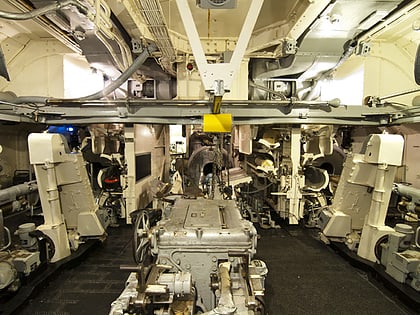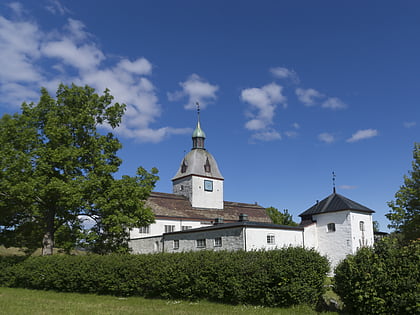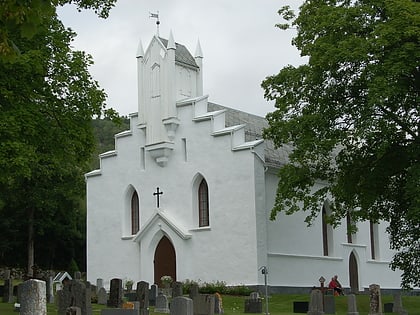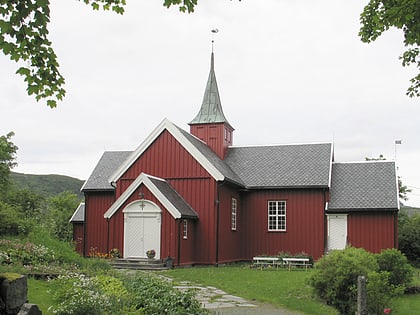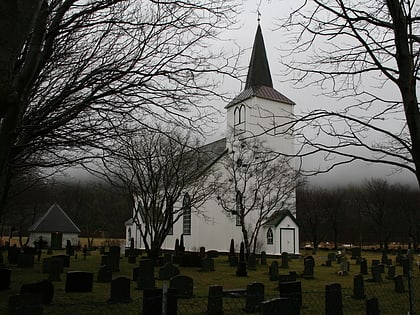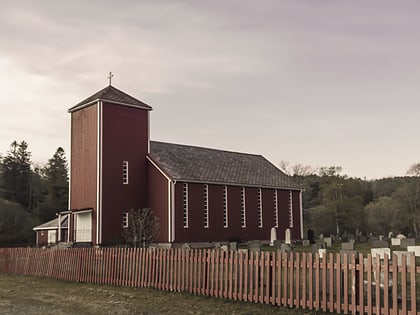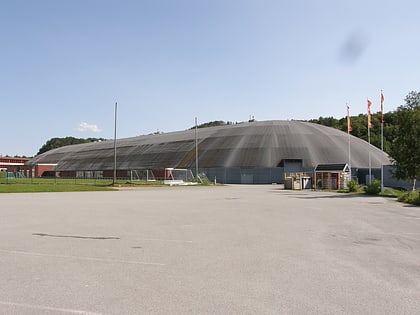Austrått Fort
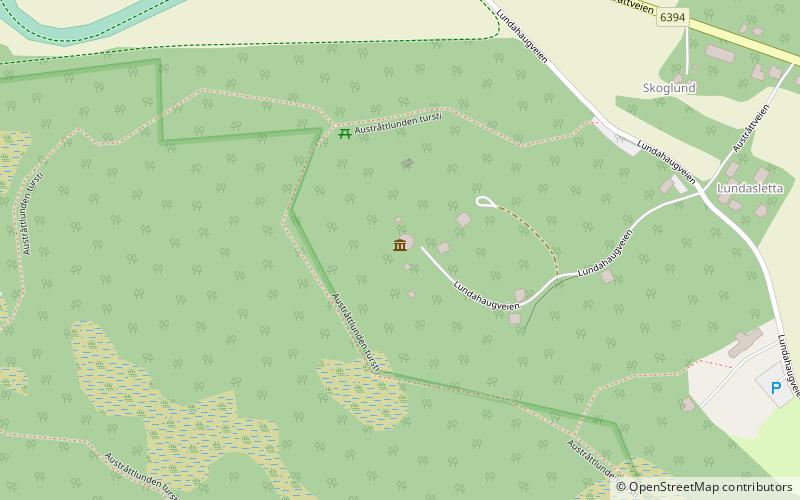
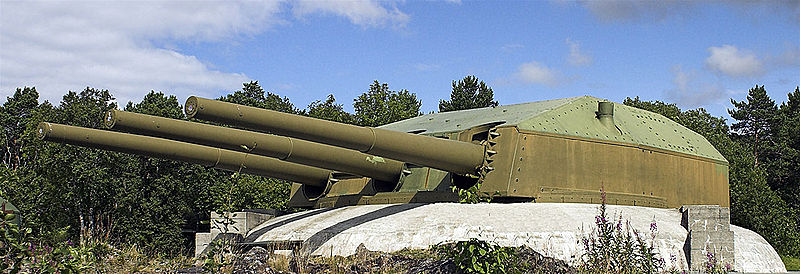
Facts and practical information
Nestled along the rugged Norwegian coastline, Austrått Fort stands as a silent sentinel to a tumultuous past. This historical site, now operating as a museum, offers visitors a glimpse into Norway's military history and its strategic role during World War II. The fortification is a testament to the country's efforts to defend its shores amidst global conflict.
Built by the German forces during the occupation of Norway, Austrått Fort was an integral part of the Atlantic Wall, a vast defensive system stretching from the northern reaches of Norway to the southern coast of France. The fort's most imposing feature is its massive triple-barrelled cannon, which, with a calibre of 28 cm, is one of the largest naval guns from the era still preserved in its original position. This formidable weapon, capable of reaching targets up to 42 kilometers away, was intended to control the shipping lanes of the North Sea.
Today, Austrått Fort has been transformed into a museum, meticulously maintained to educate and remind future generations of the area's wartime history. Visitors can explore the underground tunnels, bunkers, and living quarters that once housed the soldiers stationed here. The museum offers guided tours that delve into the stories of the fort's construction, operation, and the broader context of Norway's role in the Second World War.
The fort's location also offers breathtaking views of the surrounding landscape, with the sea stretching out into the horizon. This stark contrast between nature's beauty and the remnants of war provides a poignant backdrop for reflection on the fort's historical significance.
Sør-Trøndelag
Austrått Fort – popular in the area (distance from the attraction)
Nearby attractions include: Austråttborgen, Ørland Church, Bjugnfjorden, Hegvik Church.
